The Certosa di Pavia is a monastery and complex in Lombardy, Northern Italy, situated near a small town of the same name in the Province of Pavia, 8 km (5.0 mi) north of Pavia. Built in 1396–1495, it was once located on the border of a large hunting park belonging to the Visconti family of Milan, of which today only scattered parts remain. It is one of the largest monasteries in Italy.
Certosa is the Italian equivalent of Charterhouse: a monastery of the cloistered monastic order of Carthusians founded by St. Bruno in 1044 at Grande Chartreuse. Though the Carthusians in their early centuries were known for their seclusion and asceticism and the plainness of their architecture, the Certosa is renowned for the exuberance of its architecture, in both the Gothic and Renaissance styles, and for its collection of artworks which are particularly representative of the region.
Gian Galeazzo Visconti, hereditary lord and first Duke of Milan, commissioned the building of the Certosa to the architect Marco Solari, inaugurating the works and laying the foundation stone on August 27, 1396, as recorded by a bas-relief on the facade. The location was strategically chosen midway between Milan and Pavia, the second city of the Duchy, where the Duke held his court, at the end of the Visconti Park, which connected the Certosa to the castle of Pavia.[1]
 The Visconti Park, at the top, near the northern walls of the park, is the Certosa.
The Visconti Park, at the top, near the northern walls of the park, is the Certosa.The Certosa is also the result of the political aspirations of Gian Galeazzo. In a coup in 1385, Gian Galeazzo had deposed his uncle Bernabò Visconti. Now lord of the former Visconti domains including Milan. However, like his father Galeazzo II, Gian Galeazzo resided and maintained his court in Pavia, the former capital of the Lombard kings and of the kingdom of Italy. Gian Galeazzo aspired to re-establish a new kingdom in Northern Italy, matching these historical examples.[2]
 Ambrogio da Fossano, Duke Gian Galeazzo donates the Charterhouse to the Madonna.
Ambrogio da Fossano, Duke Gian Galeazzo donates the Charterhouse to the Madonna.In 1386, the people of Milan decided to rebuild a new building: the Milan Cathedral. However, relations between Gian Galeazzo and the heads of the Fabbrica del Duomo (the consortium of masons and builders chosen by the citizens of Milan) were often tense: the lord intended to transform the Milan cathedral into a dynastic mausoleum of the dynasty, inserting the funeral monument of his father Galeazzo II in the central part of the cathedral. This raised stern opposition from both the Fabbrica and the Milanese, who zealously guarded their autonomy. Ultimately Gian Galeazzo chose to build a new church: the Certosa of Pavia, to serve as a mausoleum for the Visconti dynasty. Unscrupulously, he assigned many employees of the Fabbrica del Duomo, such as Giacomo da Campione or Giovannino de 'Grassi for this new projects. For the Duke, the Duomo became the church for burial of nobles, patricians, people, artisan and merchant guilds of Milan, while the Certosa would service the Duchy.[3]
 Giovanni Cristoforo Romano, Benedetto Briosco, tomb of Gian Galeazzo Visconti.
Giovanni Cristoforo Romano, Benedetto Briosco, tomb of Gian Galeazzo Visconti.The church, the last edifice of the complex to be built, was to be the family mausoleum of the Visconti. It was designed as a grand structure with a nave and two aisles, a type unusual for the Carthusian Order. The nave, in the Gothic style, was completed in 1465.
Given the absence of marble and stone quarries near the Certosa, around the middle of the fifteenth century, stone material became scarce for construction. The Carthusians enjoyed substantial income from the vast agricultural lands donated by Gian Galeazzo Visconti and his successors the Sforza. Unlike other large Lombard fabbrici, the Cathedral of Pavia, never acquired their own marble quarries, but always relied on private suppliers, often relying mainly on the Veneranda Fabbrica del Duomo di Milano. By 1463 the Milanese yard supplied the marble for the capitals of the cloisters, and in 1473 a contract between the Fabbrica del Duomo and the monks of the Certosa, stibulated the Fabbrica undertook to guarantee a continuous supply of marble and building stone to the Certosa. Control over the marble was entrusted to Guiniforte Solari, who at the time was responsible for both construction sites. The materials, which, similarly to those for the Milan Cathedral, enjoyed the ducal exemption from duties, reached the Certosa via the Navigliaccio and were disembarked in Binasco, from where they continued by cart to the construction site, however, after the restoration of the section navigation between Binasco and Pavia (1473) it was possible to unload the marbles and stones directly at the Certosa. Also in 1473 the work of coating and decoration of the facade of the monastery began, for which the Carthusians decided to use, a unique case in the Lombard area, the Carrara marble, then considered of greater value than that of Candoglia and the cost of which was higher than the other materials available in the Ossola area.[4]
By 1476 the Carthusians formed relations with some families of merchants and quarrymen of Carrara, such as the Maffioli, tenants of the quarries of the Marquis Malaspina. The precious marble, after being embarked in Carrara, circumnavigated Italy and arrived by ship at the mouth of the Po, from where it then went up to Pavia. The traffic of Carrara marble towards the Certosa was so voluminous that the Carthusians themselves came to resell it to other Lombard shipyards and in particular to the Veneranda Fabbrica del Duomo di Milano.[5]
 Portal of the sacristy with portraits of the dukes of Milan (1480-90).
Portal of the sacristy with portraits of the dukes of Milan (1480-90).However, since the foundation, the Renaissance had spread in Italy, and the rest of the edifice was built according to the new style, redesigned by Giovanni Solari, continued by his son Guiniforte Solari, and including some new cloisters. Solari was followed as director of the works by Giovanni Antonio Amadeo, (1481–1499). The church was consecrated on May 3, 1497. The lower part of the façade was not completed until 1507.
 The central nave.
The central nave.The construction contract obliged the monks to use part of the revenue of the lands held in benefice to the monastery to continue to improve the edifice. Consequently, the Certosa includes a huge collection of artworks of all centuries from the 15th to the 18th.
The Certosa initially only held 12 Carthusian monks, who lived in total cloistered life, and bound by a contract that provided for the use of part of their proceeds (fields, land, income, etc.) for the construction of the monastery itself. In the eighteenth century the monastery was the owner of large estates (in part already donated by Gian Galeazzo and his successors) scattered in the fertile countryside between Pavia and Milan, such as Badile, Battuda, Bernate, Binasco, Boffalora, Borgarello, Carpiano (it was the property of the monks also the castle of Carpiano and the church of San Martino), Carpignano, Milan, Giovenzano, Graffignana, Landriano, Magenta, Marcignago, Opera, Pairana, Pasturago, Quintosole, San Colombano (where they also controlled the castle of San Colombano) Torre del Mangano, Trezzano, Velezzo, Vidigulfo, Vigano Certosino, Vigentino, Villamaggiore, Villanterio, Villareggio and Zeccone, which added up to 2,325 hectares (5,745 acres)of irrigated land.[6]
 The interior of the church.
The interior of the church.In addition, the Certosa also owned a large palace, with a garden and oratory in Milan, in the parish of San Michele alla Chiusa, a palace and the church of Santa Maria d'Ognissanti in Pavia and, from the second half of the 17th century, of a large farm specialized in the production of wine, with a building (called Certosa Cantù), in Casteggio.[7]
In 1560, the Prior General of the Carthusians, a certain Piero Sarde, authorized the installation of suitable equipment for the printing of missals and choirbooks, and on 28 August he invited all the Carthusian monasteries of Italy to supply themselves exclusively with the products of the new printing house (the first book Breviarium Carthusiensis was printed in 1561).[8]
In 1782, the Carthusians were expelled from the Certosa by the Emperor Joseph II of Austria, and replaced in 1784 by the Cistercians and in 1789, by the Carmelites.
 The Certosa di Pavia as seen from the Small Cloister
The Certosa di Pavia as seen from the Small CloisterIn 1796, in retaliation for the revolt in Pavia, the lead covering of the church roof was removed by Napoleon's army, as well as the liturgical silverware and the large canopy, covered with gold flakes and stones precious, used for the Corpus Domini procession.[9] In 1810 the monastery was closed until the Carthusians reacquired it in 1843. In 1866 it was declared a National Monument and sequestrated by the Italian State, although some Benedictines resided there until 1880. The monks currently living in the monastery are Cistercians admitted to it in the 1960s.
In August 1946 the illegally exhumed body of Benito Mussolini was discovered in the complex. Two Franciscan friars were charged with assisting in the concealment of the body.
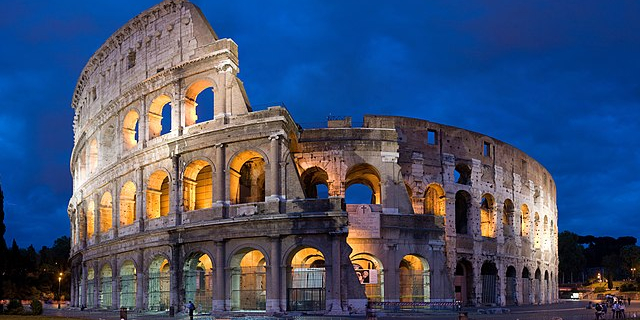

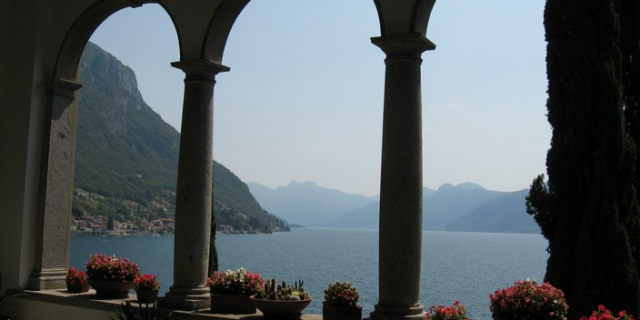
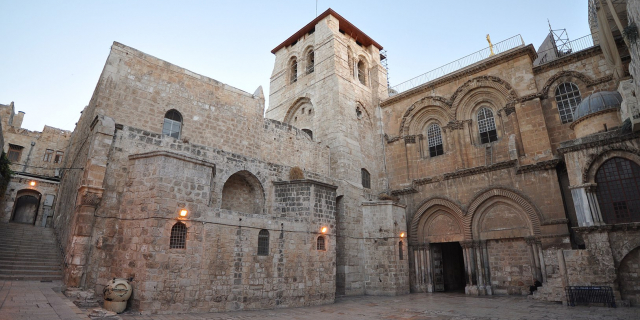
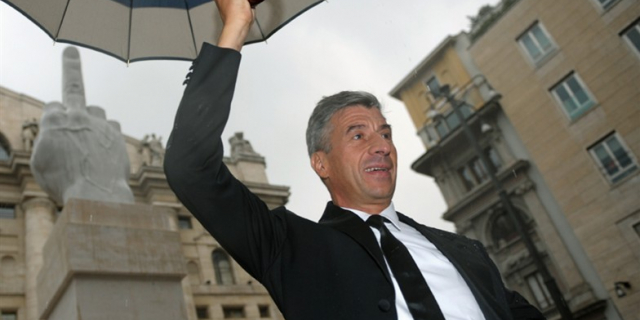

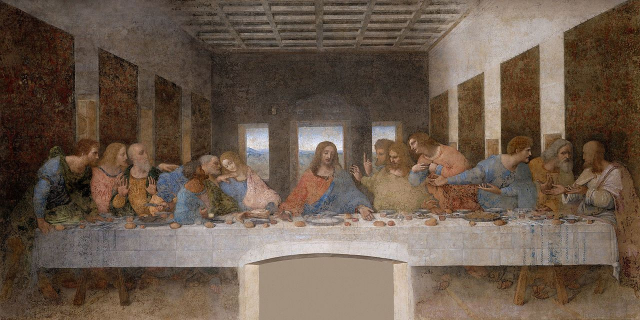







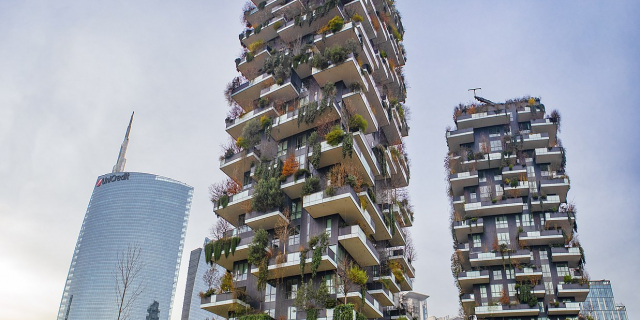
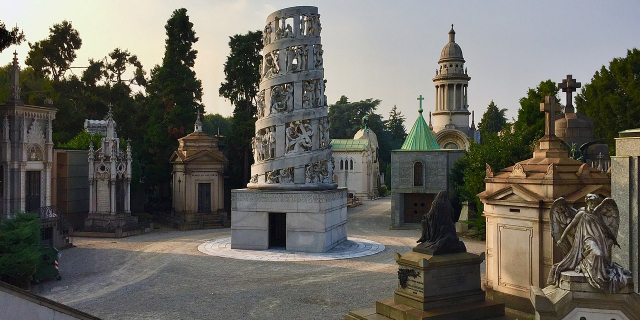
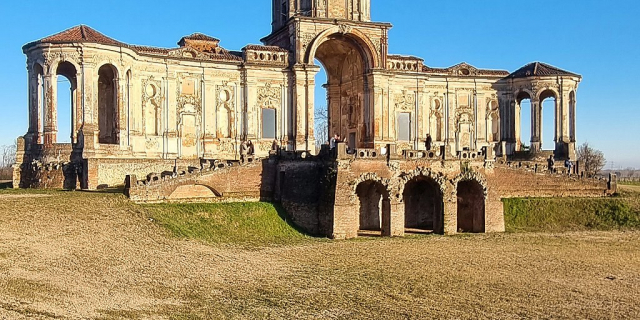



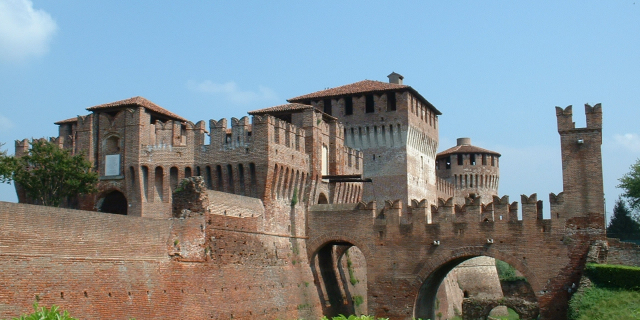


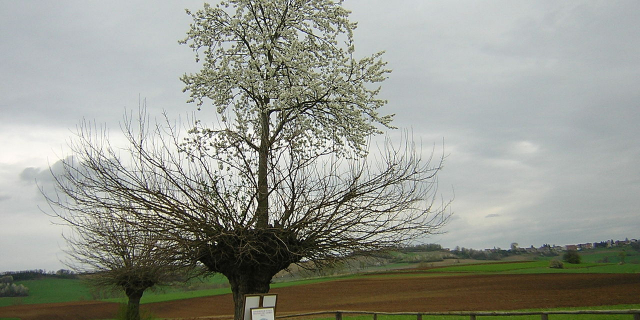


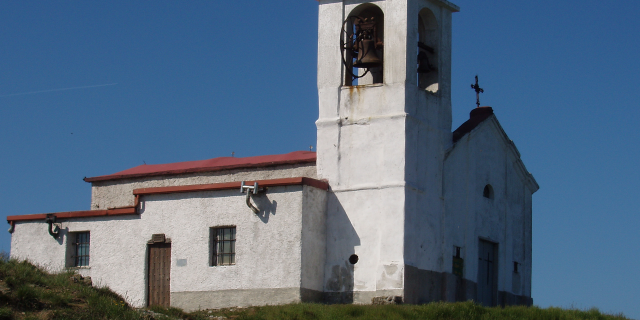



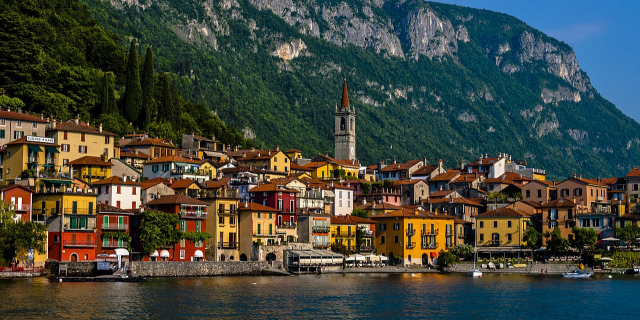

Add new comment